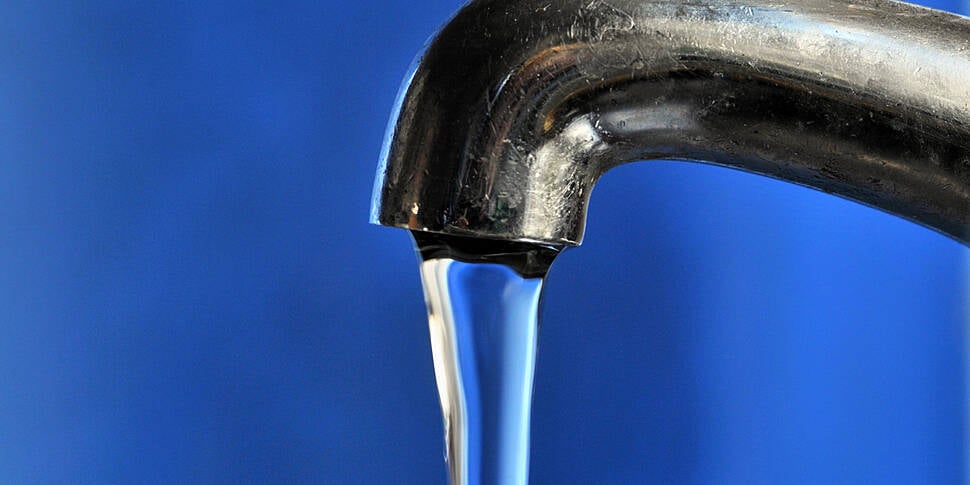Around 885,000 people were put at risk following two serious failures at Irish Water plants in Kildare and Wexford.
The utility has been strongly criticised in a new report by the Environmental Protection Agency over the incidents at Ballymore Eustace and Gorey last year.
The Environmental Protection Agency's Drinking Water Quality Report for 2021 found 'significant failings in oversight by management'.
The report says "The EPA investigated two separate incidents during 2021 at drinking water treatment plants in Gorey (Creagh water treatment plant) and Ballymore Eustace (BME) following the late notification of these incidents by Irish Water".
The environmental watchdog said "Irish Water’s failure to notify both EPA and HSE meant there wasn’t an opportunity to put in place boil water notices to protect public health".
"These incidents meant that approximately 885,000 people were left unaware of the risks they faced and did not have the opportunity to protect themselves. In the case of the Gorey incident, there were over 50 confirmed cases of illness. These illnesses included VTEC which is a very dangerous form of E. coli, and several people were hospitalised".
The EPA says its investigations revealed an "abject failure of managerial oversight, operational control and responsiveness by Irish Water and local authorities in terms of their roles to deliver safe and secure drinking water".
Overall, the Environmental Protection Agency report drinking water quality is high, but "increased vigilance is needed by Irish Water and Local Authorities to protect public health".
The EPA found the quality of drinking water from public supplies remains high, "with over 99.7% of samples compliant with bacterial and chemical limits".
The quality of drinking water in Ireland’s public supplies is high (over 99.7% compliant), but increased vigilance is needed by @IrishWater and local authorities to protect public health.
Read ‘EPA Drinking Water Quality in Public Supplies Report 2021’: https://t.co/zxFByDeFY5 pic.twitter.com/n8rHZZ4Asw— EPA Ireland (@EPAIreland) October 7, 2022














